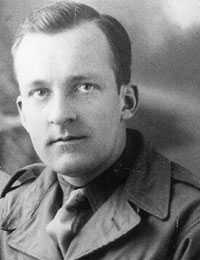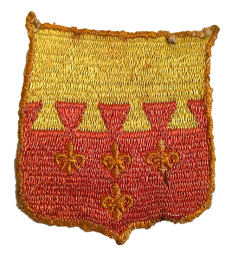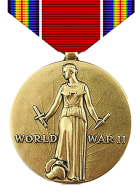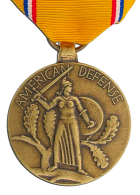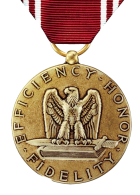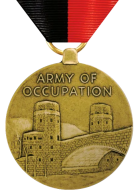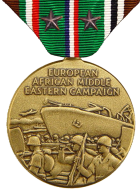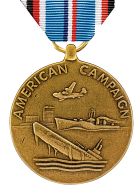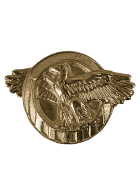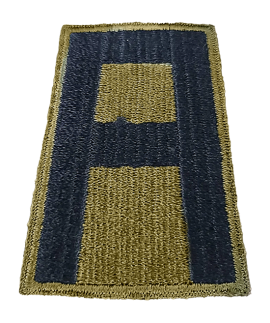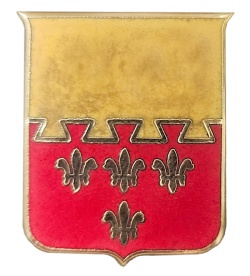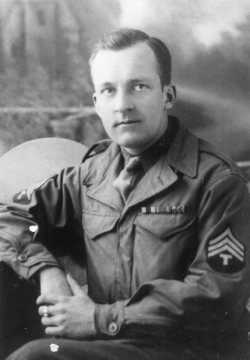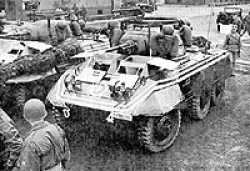The Polo and Horseman Years
In 1939, Ralph was playing polo and perhaps for a few years prior to 1939 as well. On Apr 20th, 1940, Ralph was living on Mason Ave in Chicago and working for the Link Belt Company as a cost clerk. In a few months, he would enlist in the Illinois National Guard. There is not much information that ties in Ralph’s polo playing days. He collected news clippings that featured the Rangers, the Shamrocks, and the 124th Field Artillery polo teams. The Chicago Black Horse Troop also fielded a polo team in the timeframe of 1937-1939. It’s not known which team he may have played for when he was playing polo. Other information that is available shows he was an accomplished horseman. He was a member of the Edgebrook School of Horsemanship located at 5879 N. Central Ave. On Aug 29th, 1937, he participated in an overnight trail ride to Lake Zurich, and on Oct 6th 1939 he participated in a 100 mile trail ride.
The Army National Guard
Ralph knew the war would result in a draft and if he signed up for the Illinois National Guard, he would have some choice as to what job he would be doing, which may not have been possible if he was drafted. Given his horsemanship capabilities, it is not surprising he chose to enlist in the Illinois National Guard, which was the home of the 106th Cavalry Chicago Black Horse Troopers.
According to Ralph’s discharge paper, he spent 2 months and 1 day in the Illinois National Guard. He joined the 106th Cavalry on the 15th of September 1940. On the 16th of November 1940 his unit was drafted into federal service, and he became a member of the U.S. Army. The 106th Cavalry also had home locations in Springfield, IL and Urbana, Il.
The federalization of the Illinois National Guard on the 16th of November was likely a surprise for all the men who had joined prior to that date. It is likely that Ralph was located at the Chicago Armory. The Armory was located where the Museum of Contemporary Art is located today at 234 East Chicago Ave. This was where Chicago based 106th Cavalry National Guard troops trained. It had a riding arena, pistol range, stables, and other areas for training. His time at this Armory would be short. By the 4th of Jan 1941 he and 400 other mounted troopers, including the Black Horse squadron would find themselves in Camp Livingston, Alexandria, Louisiana with eight hundred 106th Cavalry members from Springfield and Urbana.
Camp Hood, Texas
On the 25th of August 1943, the 106th regiment arrived at its new duty station at Camp Hood, Texas. There they relieved the 101st Cavalry Regiment as a unit of the school troops for the Tank Destroyer School. There, in addition to supporting the Tank Destroyer School, the regiment helped new personnel become familiarized with the M8 Armored Cars, M5 Light Tank, M8 Assault Guns, and on completing Preparation for Overseas Movement (POM) training. In December of 1943 Colonel Vennard Wilson joined the regiment, taking command and remained with the 106th Cavalry throughout its WW II operations.
Camp Shanks, New York
After turning in all their vehicles, the regiment departed Camp Hood on the 17th of February, 1944 and traveled by train to Camp Shanks, New York. Camp Shanks was located on the west side of the Hudson River some thirty miles north of New York City at Orangeburg, New York. After ten days at Camp Shanks, the regiment left Piermont Pier on the 27th of February 1944 aboard the French luxury liner Ile de France, bound for Scotland although they did not know their specific destination at the time. The 106th arrived via the Firth of Clyde on the 9th of March 1944. From the port the 106th Cavalry boarded a train for an all night ride to Doddington Park in the English Midlands which was near Stoke- on- Trent, England.
Here, the units were eventually reorganized. The 1st Squadron which Ralph belonged to, became the 106th Reconnaissance Squadron and the 2nd Squadron became the 121st Squadron of the 106th Cavalry Reconnaissance Group. Training continued at this location until the 18th of June 1944, when the unit moved to Southampton, England and boarded a Liberty ship to land on Utah Beach in Normandy, France. After getting ashore, the Group was assigned an assembly area about halfway across the Cotentin Peninsula, near St. Sauveur-le-Vicomte about 17 miles inland to await a combat mission.
3rd Platoon, B Troop, 106 Squadron
Taken directly from the Unit History 106th Cavalry in Europe, issued at war's end to all the troopers. "On 29 June the forward elements of B Troop embarked on an LST, which would take them to the beaches of France. The 106th was part of the US First Army from June 27 to July 31, 1944. The following morning we were laying at anchor waiting our turn to land on Utah beach. What we saw was not pretty. All around our boat was the wreckage of other ships, victims of enemy shell and aircraft fire. We pulled up as close as possible to the beach and our platoon was the first to leave the LST. It was just getting toward dusk and fortunately all our vehicles made it through the remaining water from the boat to the beach without mishap. Ralph was the unit Armorer, so he fixed and maintained the weapons.
We traveled about two miles inland to our de-waterproofing area. By this time it was dark and we learned that some of our vehicles were lost from the column. Our next experience was hearing the drone of an enemy airplane. Suddenly we observed tracer shooting in the direction of the plane and ack-ack bursting, it seemed, just overhead. We were all wondering whether we should dig our first foxhole. But we had work to do, and we didn't dig. A few hours later we tried to get a few hours sleep as we were to move early in the morning. On 1 July we moved 38 miles to Boullier, where we set up our first tactical bivouac area. This is where we learned how to dig foxholes under enemy artillery fire. We still had more de-waterproofing to do and we were also getting hungry and excited because of the shells dropping into our area. We were issued our first 10-in-1 rations and after everyone's curiosity was satisfied, we were ordered to move. Everyone forgot his hunger; We were all more than glad to get out of that area.
The following two days we moved from one bivouac area to another to keep up with the front lines and at the same time continued the de-waterproofing".
Ralph remained in B Troop 106th Cavalry until the 24th of October, 1944 where he was sent to the hospital during the battles at the Foret De Paroy. He finished out the war serving in the rear in Wales and Paris, leaving Paris on the 4th of October 1945 and being honorably discharged 23 October 1945.
Note: While training in Doddington Park, England, Ralph met a Scottish girl named Jeanette during an evening visit to the town Stoke-On-Trent. She was a munitions worker who assembled high explosives in an underground facility in Swynnerton, England. They married while Ralph was stationed in France.
